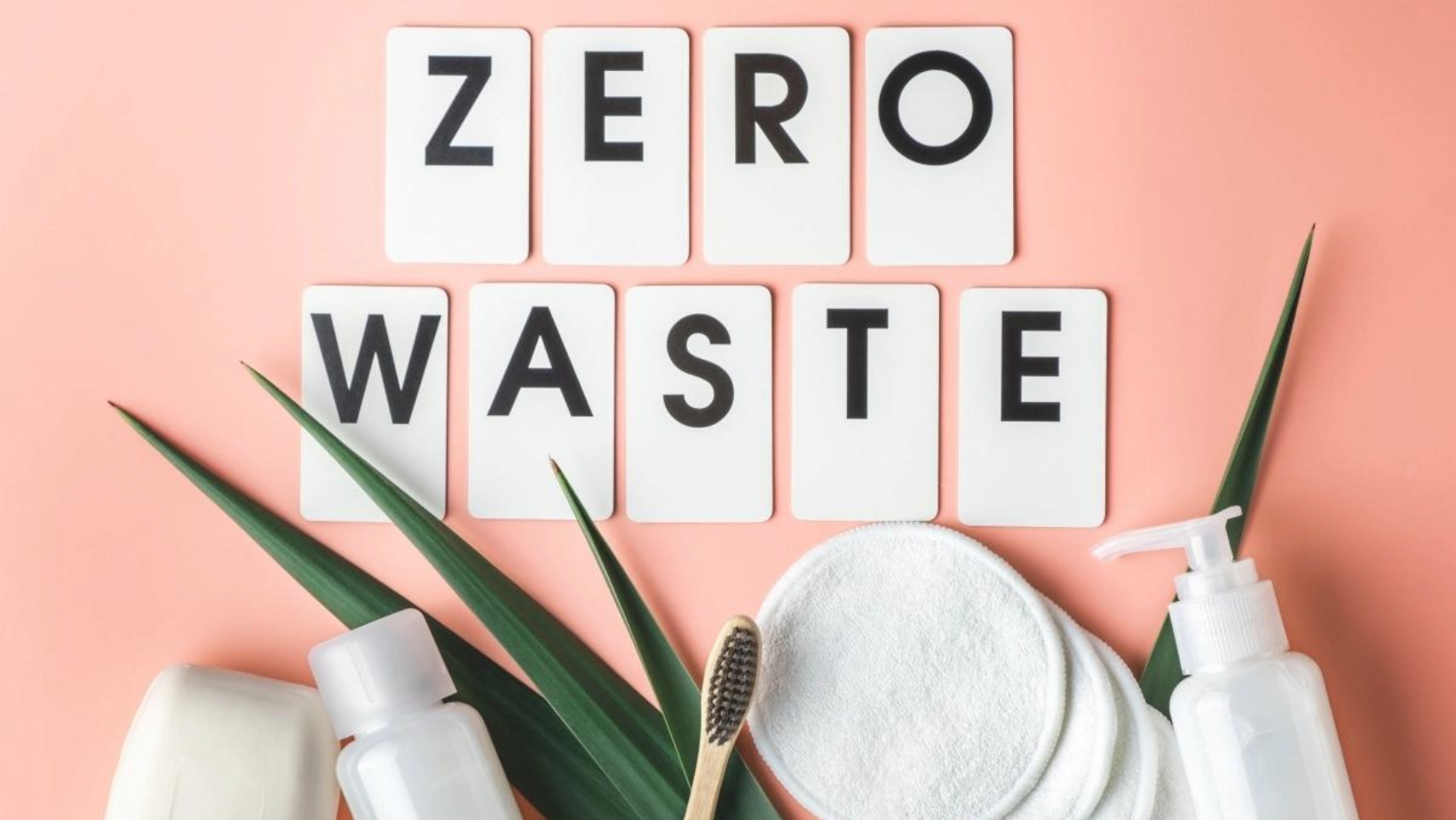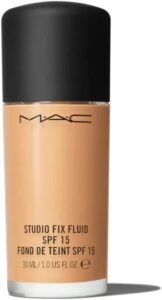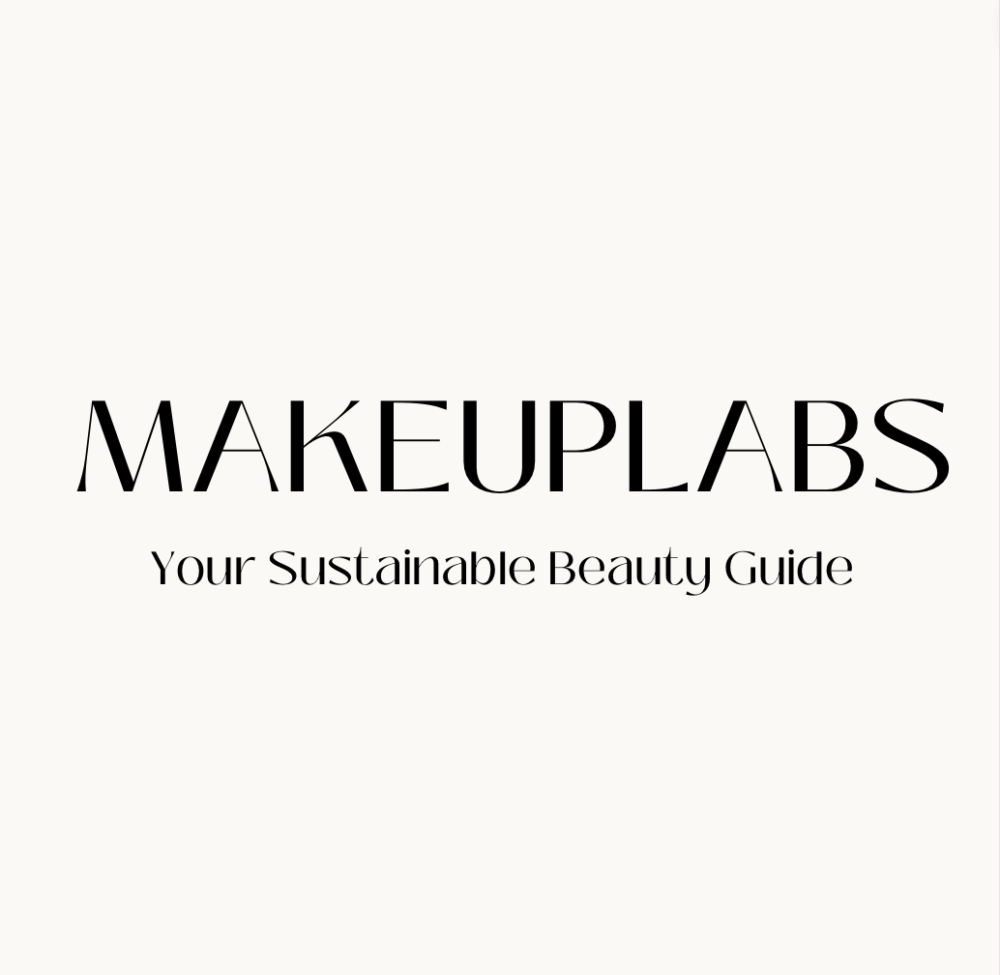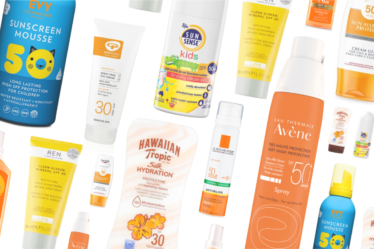
Sustainable Packaging in the Cosmetic Industry
As consumers’ awareness of environmental issues rises, the beauty sector is seen a tremendous shift in favor of sustainable packaging. Utilizing recyclable, biodegradable, compostable, and reusable materials are just a few examples of sustainable packaging techniques that lessen the environmental effect of packaging materials. This article will examine the significance of environmentally friendly packaging in the cosmetics sector, exhibiting creative approaches and outlining both their advantages and disadvantages.
Environmental Impact of Conventional Cosmetic Packaging
Traditional cosmetic packaging substantially damages the environment. Widely utilized in packaging, plastic is non-biodegradable and frequently ends up in landfills or oceans, where it pollutes the environment and endangers marine life. The cosmetics sector generates more than 120 billion packing units annually, which has a substantial carbon footprint.
Sustainable Packaging Trends and Innovations in the Cosmetics Industry
Sustainable cosmetic packaging often consists of recyclable, biodegradable, compostable, or reusable materials and has a low environmental impact. They are frequently made from materials including glass, aluminum, bioplastics, and paperboard, and the designs emphasize minimizing material usage and waste in keeping with environmentally responsible methods. Innovative solutions are surfacing in the market as sustainable packaging technology continues to progress. These include increasingly popular biodegradable and compostable packaging materials made of plant-based polymers and biodegradable films. Leading cosmetic companies are increasingly implementing eco-friendly procedures and sustainable packaging. For instance, businesses like Ethique have eliminated plastic from their packaging, while others, like MAC and Kjaer Weis, offer refillable and reusable packaging solutions, thus lowering the need for single-use packaging. Other sustainable trends that are taking off include material reduction and minimalist design strategies, which highlight the industry’s dedication to minimizing environmental effect.

Ethique Eco-Friendly Face Scrub Bar, Gingersnap – Plastic Free & Compostable
With its plastic-free, compostable packaging, this face scrub bar offers a sustainable alternative to conventional facial cleansers. The scrub contains plenty of ginger and cinnamon for a thorough clean.

Foundation MAC Studio Fix Fluid SPF15
Popular foundation from MAC comes in glass rather than plastic bottles, which is better for the environment. Customers can return empty MAC containers to MAC and receive a free lipstick in return as part of the company’s “Back to MAC” initiative.

The elegant, aluminum refillable compact used for Kjaer Weis’ cream foundation greatly reduces waste. Refills are available from the company so you can continue using the same compact.
Challenges in Adopting Sustainable Packaging
A crucial step in decreasing environmental impact and moving toward a more sustainable business model is the switch to sustainable packaging. This change does not, however, come without difficulties. Here are some of the main challenges that businesses encounter while implementing sustainable packaging.
High Initial Investment
The substantial initial expenditure needed is one of the biggest obstacles. In addition to the price of retooling manufacturing procedures to accommodate the new packaging, this also involves the cost of research and development to find acceptable materials. Additionally, obtaining environmentally friendly materials can frequently be more expensive than obtaining conventional products, raising the entire cost.
Supply Chain and Logistical Issues
The supply chain frequently needs to be completely redesigned in order to adopt sustainable packaging. Sustainable providers are required by businesses; nevertheless, they might not have the same capacity or dependability as conventional suppliers. This may result in logistical problems like extended lead times, higher transportation costs, and limited scalability.
Overcoming Consumer Misconceptions
Even while customers are becoming more aware of the value of sustainability, many still have misconceptions regarding goods that come in sustainable packaging. Some people think these goods are of inferior quality or less effectiveness than those in normal packing. It will take a major investment in marketing and customer education to dispel these myths.
Technological Limitations
Although sustainable packaging technologies have made considerable strides, many of these solutions are still in their infancy and might not function as well as conventional packaging. For instance, some environmentally friendly packing materials can not be as strong or as good at keeping things fresh. Companies can be forced to compromise on product safety and shelf life as a result.
Lack of Industry Standards
There aren’t many recognized industry standards for sustainable packaging, in contrast to traditional packaging. Companies may find it challenging to evaluate the sustainability of various materials and packaging solutions due to the lack of guidelines. Additionally, it raises the possibility of “greenwashing,” in which businesses make false statements about the environmental advantages of their packaging.
The Role of Consumers in Driving Sustainable Packaging
The transition to sustainable packaging is being fueled in large part by conscious consumerism. Customers may encourage firms to use sustainable practices by purchasing goods with environmentally friendly packaging. To reduce waste, it’s also essential that consumers know how to recycle their cosmetic packaging properly. Here is a closer look at the role that customers are playing in the transition to sustainable packaging.
-
Conscious Consumerism
When customers make judgments about what to buy based on their knowledge of how their consumption affects society, the environment, and the global economy, this is known as conscious consumerism. The demand for goods with eco-friendly packaging has surged as a result of this change in customer behavior. Customers encourage firms to use sustainable packaging by choosing products with it. They send a message to the marketplace that sustainability is a desirable quality and can give businesses a competitive advantage.
-
Recycling Practices
Reducing trash and encouraging sustainability both depend on recycling. However, recycling can only be successful if consumers are aware of the proper recycling methods for their packaging. Lack of understanding or misconceptions might result in incorrect recycling, which lowers its effectiveness. Consumers may recycle more effectively with the help of awareness campaigns, clear labeling, and packaging with simple-to-follow recycling instructions. To make it simpler for customers to recycle their packaging, several brands are also collaborating with recycling initiatives.
Steps Towards a Sustainable Cosmetic Industry
It’s critical that brands set attainable sustainability targets and aggressively pursue them in order to promote a truly sustainable cosmetics industry. This entails not only using eco-friendly packaging but also making sure that sustainable resources are sourced with transparency and accountability. In order to decrease waste, it is also crucial to limit the amount of water and energy used during production operations, as well as to take into account the entire product lifespan. Collaborations between businesses, consumers, government agencies, and even rival businesses can spur innovation and create standards for the entire industry. Additionally, raising customer awareness of the requirement and advantages of sustainability can increase the market for sustainable goods, further encouraging businesses to implement environmentally friendly procedures. Although ensuring sustainability in the cosmetics sector is a difficult process that calls for coordinated efforts from all stakeholders, the advantages to the environment that result from doing so make it worthwhile.
A key component of the greater shift towards environmental responsibility in the beauty business is sustainable packaging for cosmetic goods. Making informed decisions and supporting such brands are just as important as brands committing to sustainable practices. We can all help the cosmetic industry become more ecologically friendly by embracing sustainable packaging.




